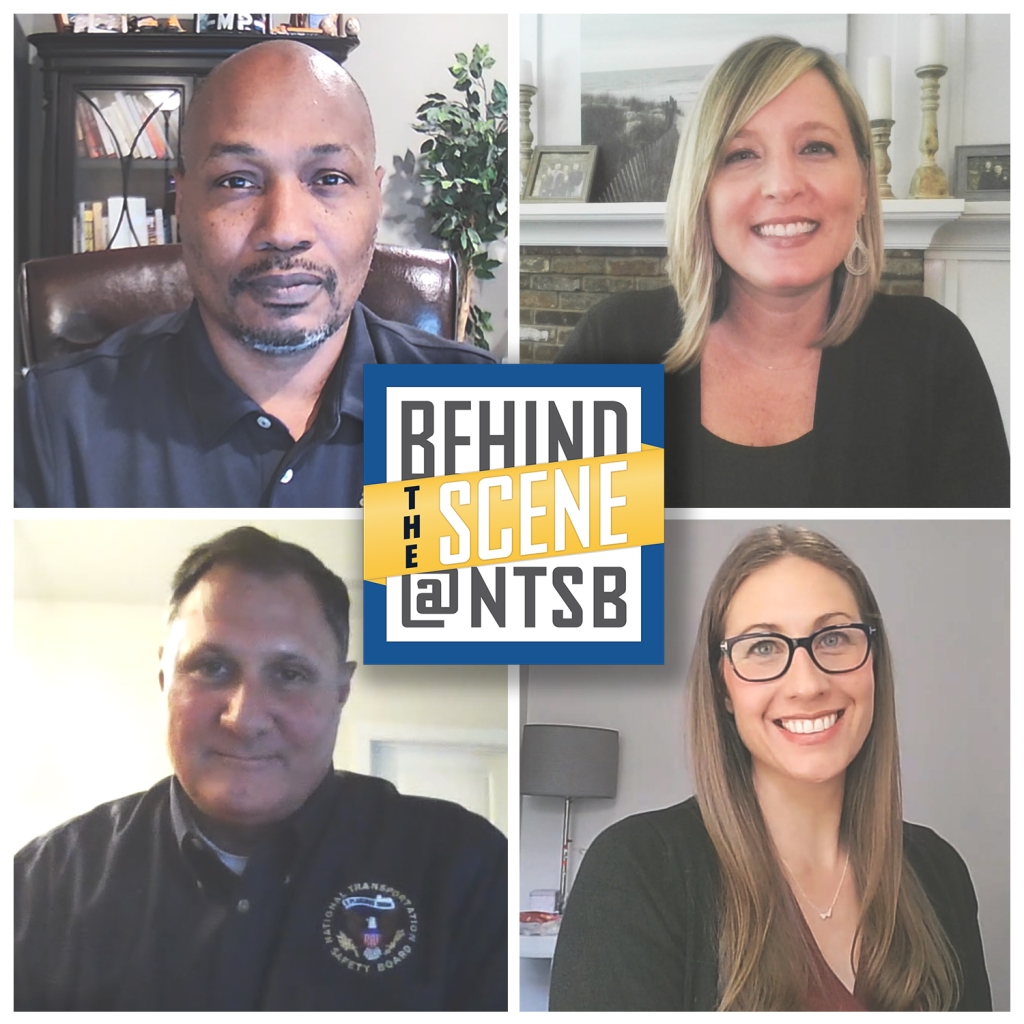Impaired driving, in some form or another, has been on every NTSB Most Wanted List since its inception in 1990. And with more than 10,000 impaired-driving deaths each year, it’s hard to imagine ever removing it. We have made safety recommendations about impaired driving prevention since 1968.Yet the problem persists.

Part of the challenge we face at the NTSB is that we generally issue safety recommendations to entities, not individuals. If we issued safety recommendations to every individual ever arrested for impaired driving—even excluding those actually involved in impaired-driving crashes—we would be issuing impaired-driving recommendations to one million individuals per year.
Instead, we hope individuals will understand their personal responsibility as drivers and make smart and safe choices when they get in their vehicles. Impaired driving is 100 percent preventable. We have investigated many impaired-driving crashes, and for individual drivers, the lessons we have learned always boil down to a single word:
Don’t.
Don’t drive drunk, don’t drive after “a drink or two,” don’t drive after using even one dose of any impairing drug. But experience tells us that some drivers will ignore this message. They will get behind the wheel when they have no business being there, start the engine, and take their chances—with their own lives, their passengers’ lives, and the lives of other road users. Just counting arrests, drivers take that chance and lose a million times a year. About 10,000 times a year, impaired drivers take a chance, and someone loses their life.
While alcohol impairment continues to cause nearly three out of every ten traffic deaths in the United States, other impairing drugs pose a different, but overlapping, challenge. The 2013–2014 Texas Roadside Survey found that one in five drivers surveyed were using one or more impairing drug—licit or illicit, prescribed or over the counter.
Drinking and Driving: a Stubborn Problem
In our 2013 report, Reaching Zero: Actions to Eliminate Alcohol-Impaired Driving, we recommended that states do the following:
- Reduce the per-se blood alcohol concentration (BAC) limit for all drivers to .05 g/dL or lower
- Conduct high-visibility enforcement of impaired-driving laws and incorporate passive alcohol-sensing technology into enforcement efforts
- Expand the use of in-vehicle devices to prevent operation by impaired drivers
- Use driving while intoxicated (DWI) courts and other programs to reduce recidivism by repeat DWI offenders
- Establish measurable goals to reduce impaired driving and track progress toward those goals
.05 percent BAC
We recommended that states lower the legal per-se BAC limit from .08 percent to .05 percent or lower. We know a BAC of .08 g/dl is simply too high. In 2018, Utah became the first state to lower its legal BAC limit to .05 percent, and other states are considering following suit. This change isn’t only about preventing crashes involving drivers with BACs between .05 percent and .08 percent, though. Research shows that reducing the legal BAC limit from .08 percent to .05 percent serves as a broad deterrent, lowering alcohol-involved crashes and crash deaths across the board.
Interlocks for all Offenders
According to Mothers Against Drunk Driving, one-third of alcohol-impaired driving fatalities are caused by repeat offenders. States need to require drivers convicted of alcohol-impaired driving to use an interlock device. These devices keep a car from starting until a breath sample has been provided, analyzed for ethanol content, and determined to be lower than prescribed limits.
Impairing Drugs Other than Alcohol
Other impairing drugs present a different problem. Although we have investigated many crashes involving drivers under the influence of drugs other than alcohol, we don’t really know the extent the problem. Many of our recommendations surrounding impairment focus on finding the best ways to spot the problem. However, unlike for alcohol, no standardized drug-testing protocols exist for other impairing drugs, and there is no established limit or threshold to determine impairment by other drugs. Additionally, evaluating the impact of impairing drugs on drivers is challenging because many drugs impair individuals differently.
The Bottom Line
States, regulators, and industry can take action to reduce deaths and injuries from drunk driving. In terms of alcohol, we know that states and individuals can change the all-too-often grim outcomes. The question is whether they choose to. For drugs other than alcohol, it’s time we improve testing, especially as attitudes and laws change toward these drugs and they become more widely used.
We at NTSB will continue to advocate for our safety recommendations for education, legislation, and technology to end this deadly problem. But ultimately the problem comes down to individual choice. Choose to drive sober or designate a sober driver. You can drink responsibly, you can drive responsibly, but you cannot drink and drive responsibly.

Learn More
NTSB Most Wanted List: Prevent Alcohol- and Other Drug-Impaired Driving
Pickup Truck Centerline Crossover Collision with Medium-Size Bus, Concan, TX, March 2017
Multivehicle Work Zone Crash on Interstate 75. Chattanooga, TN, June 2015
Safety Study: Reaching Zero: Actions to Eliminate Alcohol-Impaired Driving. May 2013




